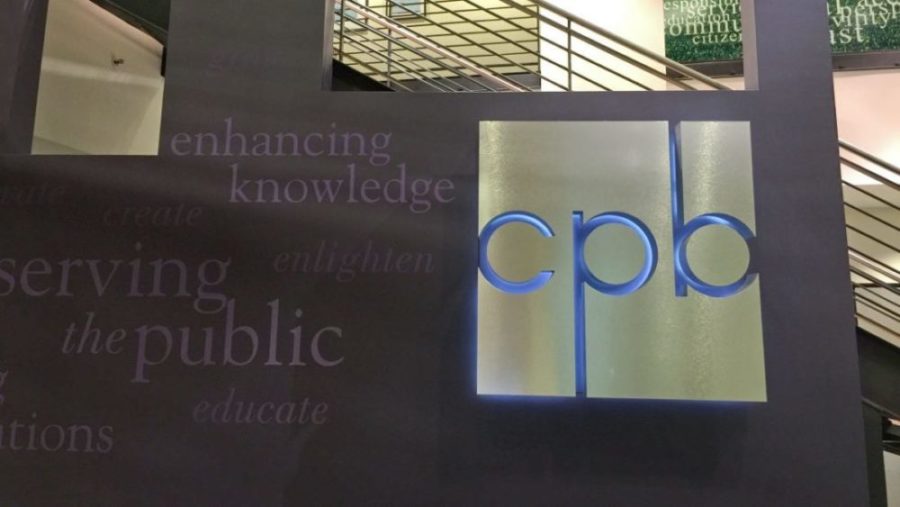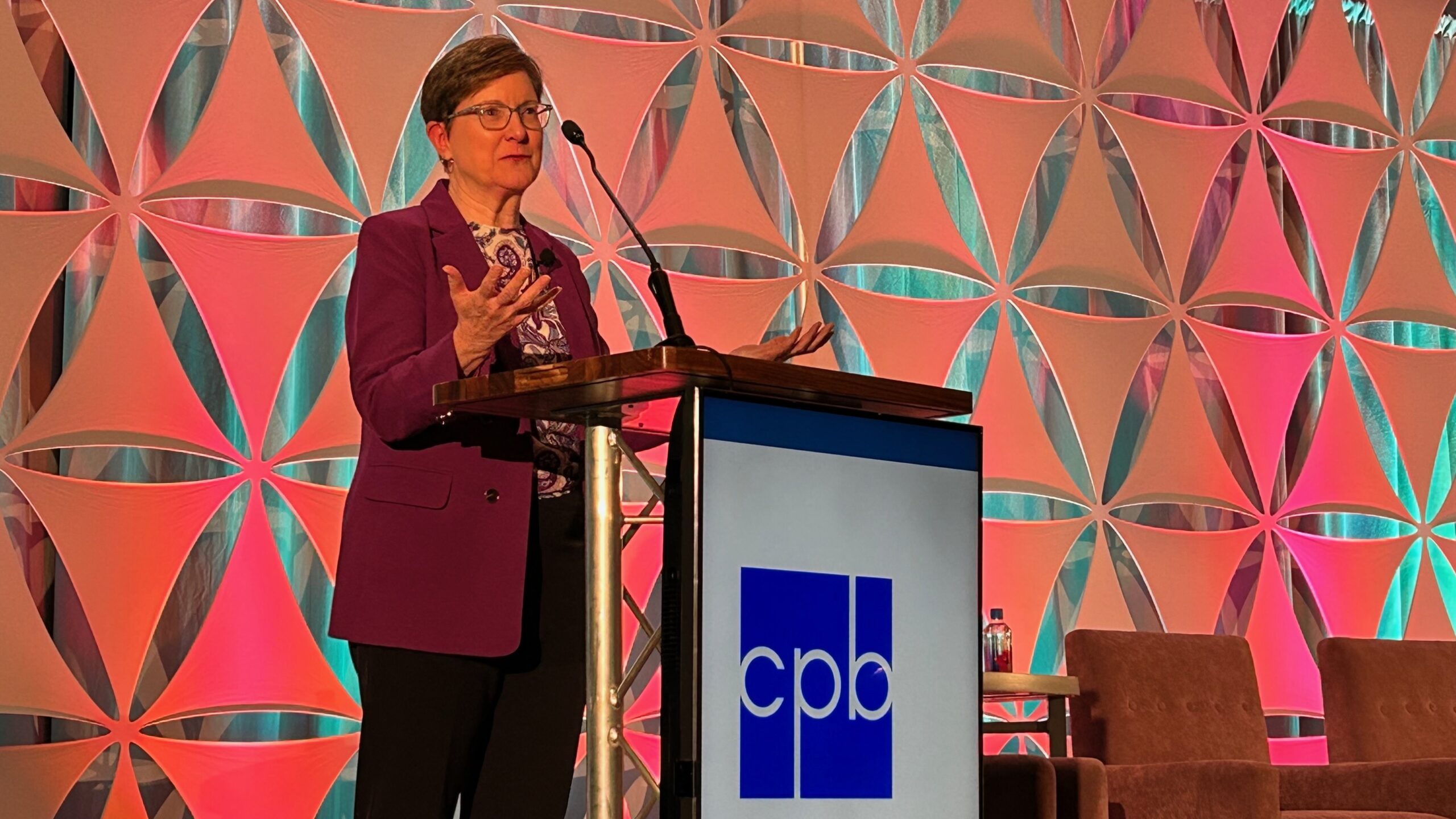How CPB could scale back and maintain its nonprofit status

Dru Sefton / Current
As CPB prepares to downsize its staff to minimum operations on Sept. 30, maintaining some version of the nonprofit could ease its revival should federal funding one day be restored, experts say.
Since CPB announced that it would wind down operations following the rescission of $1.1 billion in federal funding, CEO Patricia Harrison distinguished between that process and dissolving the corporation.
“A wind-down is not a dissolution,” she said during CPB’s Aug. 28 board meeting.
To continue as a nonprofit, CPB would have to maintain an active board or other governing body, file biannual reports with the D.C. Department of Licensing and Consumer Protection, and file informational tax returns annually with the IRS, according to Jason Qu, an attorney with Powers Pyles Sutter & Verville who focuses on nonprofit law.
“The minimum requirements are not particularly onerous,” Qu said.
Maintaining a nonprofit
If Congress were to resume appropriations to this bare-bones version of CPB, rescaling the organization would be much easier.
There would be no need to create and incorporate a new tax-exempt entity in Washington, D.C., or to seek IRS recognition for tax-exempt status. The IRS application on its own is a complicated process that can take months, Qu said.

“It would definitely be simpler and faster for Congress to restore funding to an existing version of CPB down the line,” Qu said.
Longtime public broadcasting attorney Ernie Sanchez, who worked for CPB in the 1970s, said he sees good reasons not to rush into fully disbanding CPB.
“While it is possible to dissolve the corporation on a certain date, you’re burning the bridge,” Sanchez said.
Nonprofit law accommodates organizations of all shapes and sizes, some on very limited budgets or with no staff, Qu said. “Many nonprofits are completely volunteer-run,” he said.
The required D.C. filing every two years costs $80 and is not particularly complex, he said.
The complexity of filing annual returns with the IRS, however, depends on the revenues the organization generates, Qu said. Nonprofits with more than $200,000 in annual revenues must complete a comprehensive Form 990, Qu said. It is not unusual for these organizations to use professional financial or auditing services to prepare the form or to conduct the accounting and auditing that’s needed to complete the report, Qu said.
IRS filings are easier for nonprofits with gross receipts between $50,000 and $200,000 and less than $50,000, Qu said.
“The complexity of the 990s might diminish if the budget diminishes significantly,” he said.
In fiscal year 2024, CPB had more than $643 million in total revenue, including its federal appropriations of $525 million and $60 million supporting public broadcasting interconnection, according to its financial statement. Its general appropriation for FY25, which ends Sept. 30, was $535 million for general funding. There was no change to federal funding for interconnection.
CPB’s forward-funded appropriations for FY26 and 27 were rescinded by Congress in July.
CPB’s ‘wind-down’
CPB revealed in August that it would let go of most of its staff Sept. 30 and that a “small transition team” would remain through January. CPB’s news release said it was starting a “wind-down,” but the corporation has not explicitly said publicly whether it will dissolve after that.
According to Qu, the phrase “wind-down” is most commonly used when a nonprofit is preparing to dissolve its corporate entity.
A nonprofit going through this process must satisfy its financial and legal liabilities and ensure that any remaining assets are distributed in ways that align with its mission.
“There’s no going back from a typical wind-down,” Qu said. “At the end of the day, dissolution is your only option from where you land.”
CPB could be in an “unusual situation” where the best option would be to scale down dramatically, he added.
“The board is going to need to decide whether it makes sense to continue this organization,” Qu said.
At the Aug. 28 board meeting, Harrison said that CPB will take every opportunity until January to pursue all of the nonprofit’s options, including requesting $30 million in closeout funds included in the White House’s proposed FY26 budget.
CPB would also be creating opportunities for the organization to respond to questions from GMs, she added. “We’re going to do as much as we can to work with the system,” she said.
Sanchez pointed out that CPB has to deal with other pressing priorities before decisions about its legal status. Those include resolving how to manage the music rights and royalty agreements it has paid for decades and whether it will be able to prepay them.
Broadcast music license agreements with ASCAP, BMI, GMR, the Harry Fox Agency and SESAC run through the end of 2027, according to CPB’s website. The agreements cover all stations that receive CPB Community Service Grants or that are NPR or PBS member stations. Another agreement involving SoundExchange covers online music streaming for public radio stations. A proposed rule by the Copyright Royalty Board would set those royalty fees through 2030.
Sanchez also pointed out that CPB needs to figure out arrangements for its archive and what to do with its office furniture and equipment, which its financial statement values at more than $3.1 million.
The statement also notes that the corporation has a “non-cancelable” operating lease for office space at its Washington headquarters that expires in April 2032.
“I think they have enough urgent priorities,” Sanchez said.





